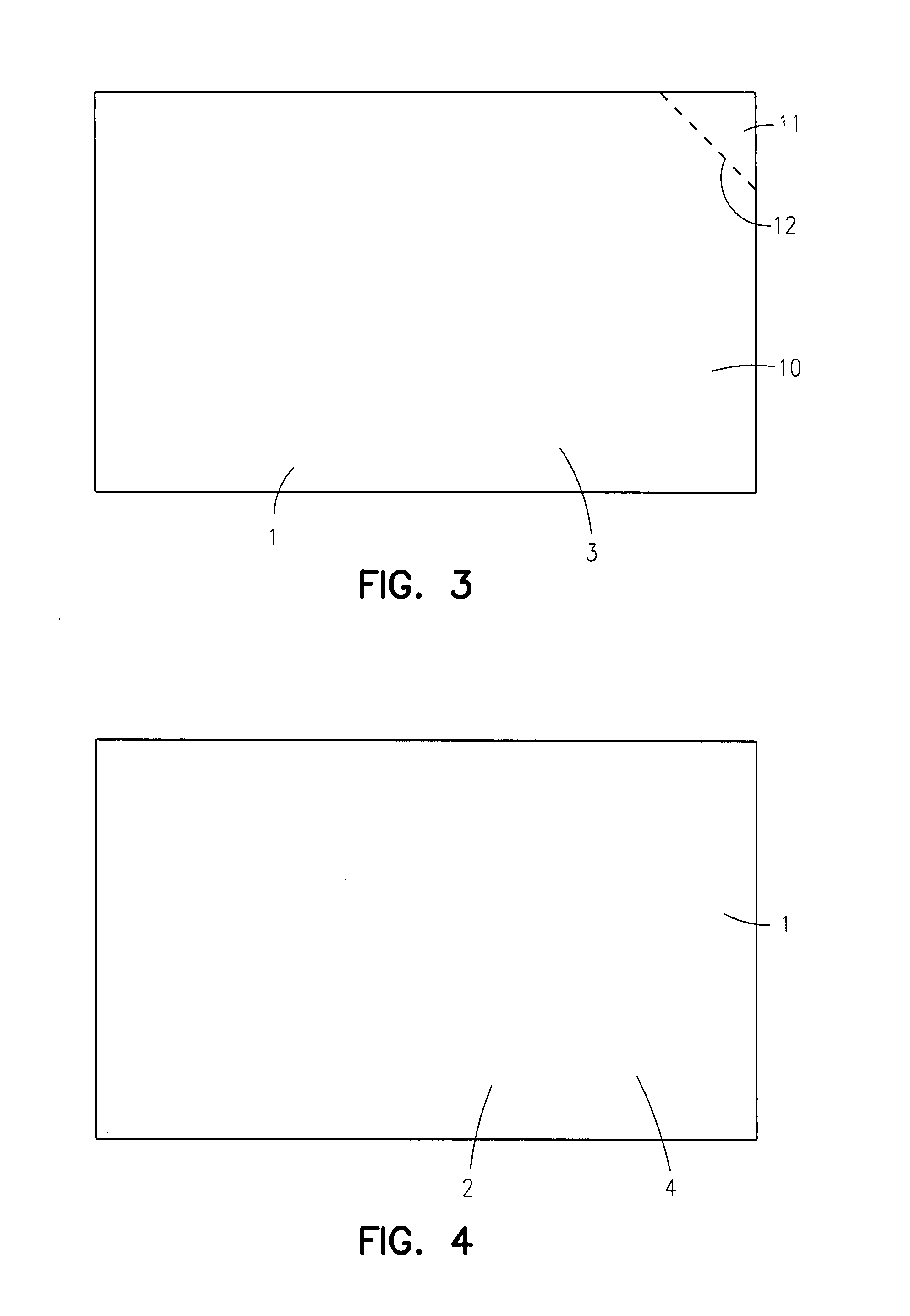Treating viral infection at smallpox vaccination site
a technology for treating viral infection and vaccination site, which is applied in the field of treating viral infection at smallpox vaccination site, can solve the problems of affecting the treatment effect of patients, affecting the treatment effect, so as to relieve topical discomfort and relieve the effect of topical discomfor
- Summary
- Abstract
- Description
- Claims
- Application Information
AI Technical Summary
Benefits of technology
Problems solved by technology
Method used
Image
Examples
example 1
Therapeutic Formulation (in wt. %)
[0221]
SpecificEmbodimentComponent(Weight %)Glycerin48.2Lysine2.0Propylene Glycol2.0Eucalyptus Oil1.6Adhesives3.0Lidocaine3.8Aloe Vera Gel 10X0.5Karaya26.0Deionized Water10.5Quat-150.1Camphor2.0Vitamin E0.3Total100.0
example 2
Therapeutic Formulation (in wt. %)
[0222]
SpecificEmbodimentComponent(Weight %)Adhesives11.00Aloe Vera, 10X0.50Eucalyptus Oil1.60Glycerin48.07Karaya28.00Benzocaine5.00Triethylene Glycol3.00Q-150.03Vitamin E Acetate0.30Water4.50Total100.0
example 3
Therapeutic Formulation (in wt. %)
[0223]
SpecificEmbodimentComponent(Weight %)Adhesives7.00Aloe Vera, 10X0.50Menthol0.50Vaseline Fragrance2.00Glycerin48.27Karaya26.90Lidocaine4.00Lysine Hydrochloride2.00Propylene Glycol2.00Q-150.03Vitamin E Acetate0.30Water6.50Total100.0
PUM
 Login to View More
Login to View More Abstract
Description
Claims
Application Information
 Login to View More
Login to View More - R&D
- Intellectual Property
- Life Sciences
- Materials
- Tech Scout
- Unparalleled Data Quality
- Higher Quality Content
- 60% Fewer Hallucinations
Browse by: Latest US Patents, China's latest patents, Technical Efficacy Thesaurus, Application Domain, Technology Topic, Popular Technical Reports.
© 2025 PatSnap. All rights reserved.Legal|Privacy policy|Modern Slavery Act Transparency Statement|Sitemap|About US| Contact US: help@patsnap.com



